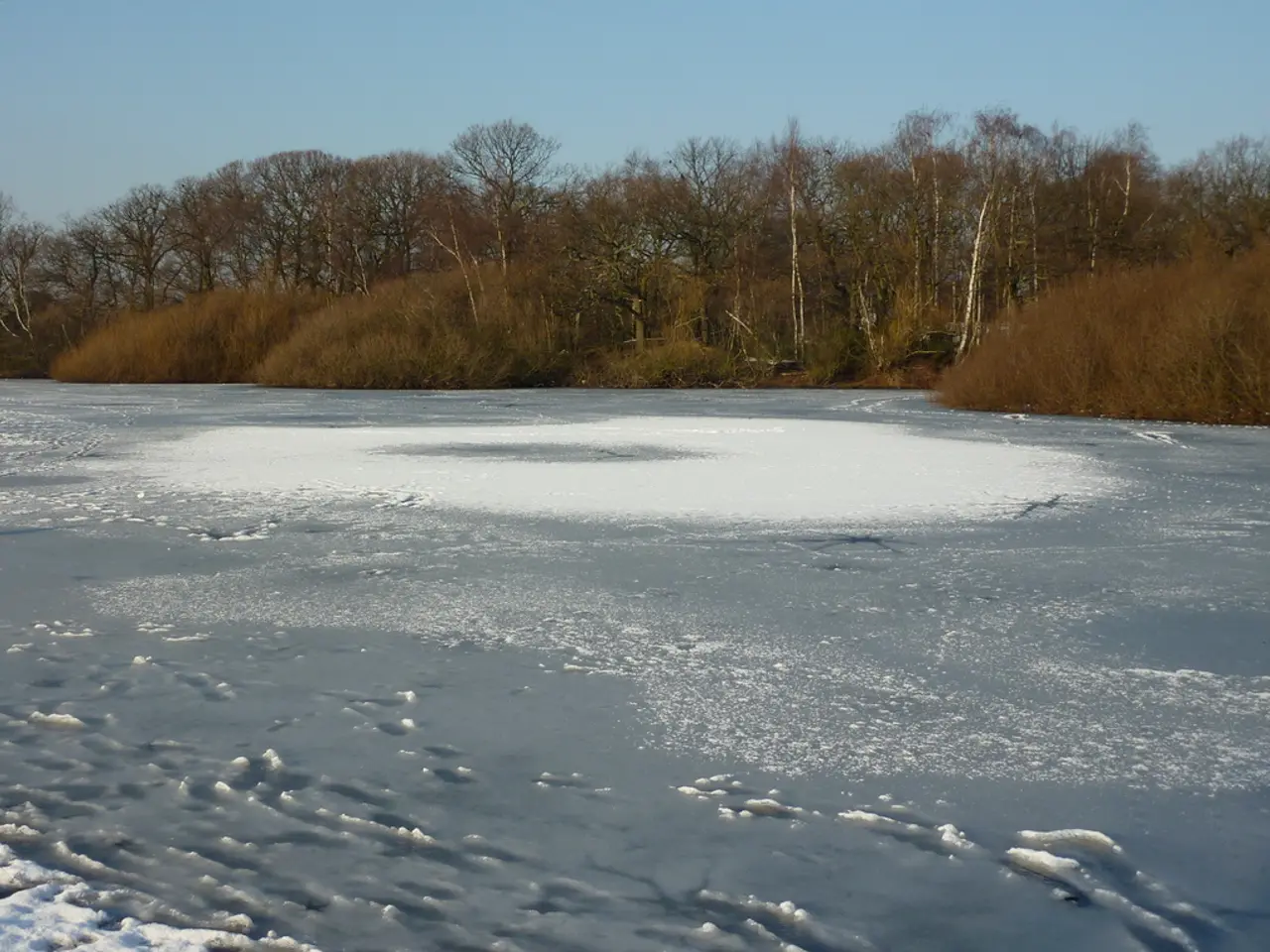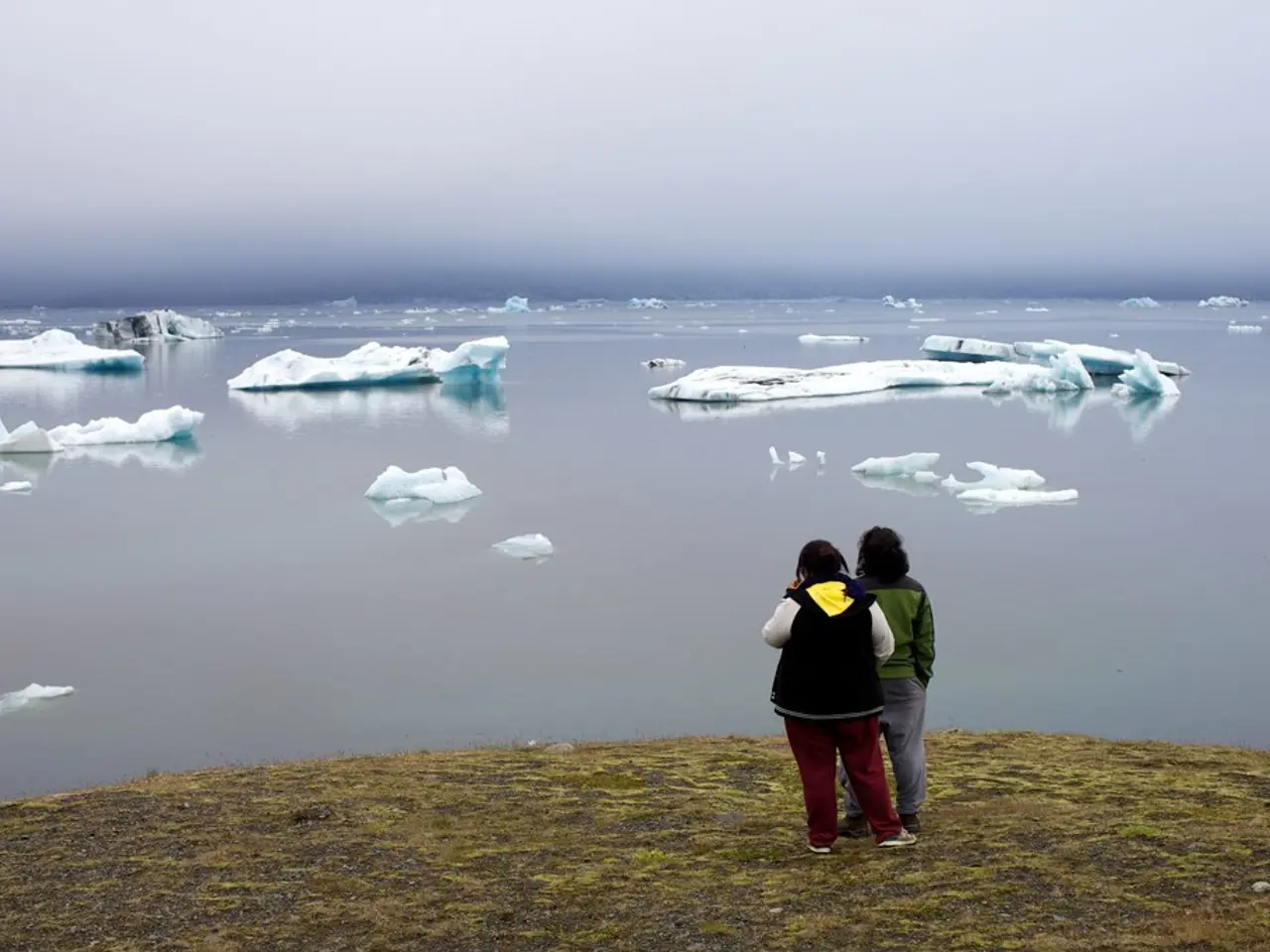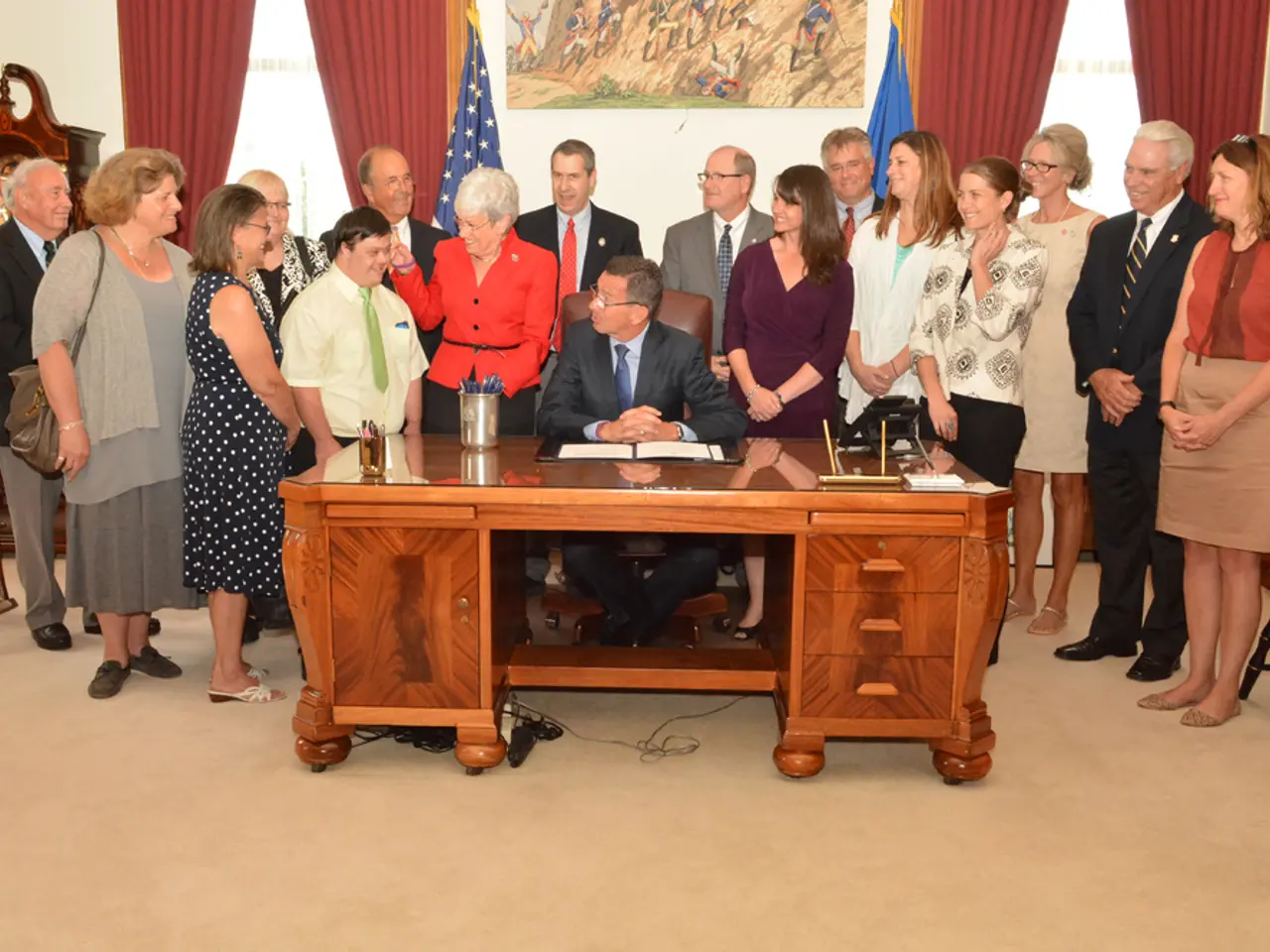Climate change increased likelihood of heavy rain events, scientists caution
In the aftermath of the devastating floods in central Texas that have claimed more than 100 lives, including dozens of children, experts are highlighting the role of human-induced climate change in amplifying such extreme weather events.
Jennifer Marlon, a senior research scientist at the Yale School of the Environment, and Andrew Dessler, a professor of atmospheric science at Texas A&M University, have both emphasized that global warming due to fossil fuel use is making flash floods worse. Dessler, who is the director of the Texas Center for Extreme Weather at Texas A&M University, has pointed out that the topography in central Texas, particularly the hilly terrain of Texas Hill Country, contributed to the extreme flooding.
One of the key mechanisms through which climate change intensifies extreme rainfall and flooding events is by increasing atmospheric moisture. Warmer air, a result of climate change, can hold more moisture. This increased water vapor in the atmosphere enhances the potential for heavy rainfall. The warming of ocean temperatures, in particular, plays a significant role by evaporating more water vapor into the atmosphere.
Rising temperatures also contribute to more intense weather patterns. In regions like Texas, temperatures have increased by up to 1.5°C, creating conditions more favorable to sudden, high-impact rainfall events.
Climate change is linked to an increase in the frequency and intensity of extreme weather events. This is because warmer conditions can trigger more extreme precipitation events, such as those seen in Texas.
The movement of moist air from tropical regions into areas like Texas can set up conditions for extreme rainfall. This transport of moisture is enhanced by climate change, leading to more frequent and severe flooding.
Studies by ClimaMeter have shown that current conditions in parts of central Texas are up to 2 mm/day wetter than they were historically, contributing to the potential for more severe flooding. Experts predict that extreme rainfall events in Texas could increase by as much as 10% by 2036 due to continued warming.
Marlon has stressed the need for leadership to take climate change seriously and provide plans to address its long-term problems. She also suggested that leaders should communicate their plans to transition the country to renewable energy, which is the only solution to addressing the root cause of the problem. Dessler has suggested improving warning systems, infrastructure, and transitioning to solar and wind power as ways to lessen the impact of climate change. He emphasized that as long as fossil fuels are burned, the situation will worsen.
Matthew Glasser contributed to this report.
- Jennifer Marlon and Andrew Dessler, both experts in environmental science and atmospheric science respectively, have highlighted human-induced climate change as a factor that exacerbates extreme weather events like flash floods.
- Global warming, induced by fossil fuel use, is making extreme rainfall and flooding events more frequent and severe, including those in Texas, as evidenced by studies by ClimaMeter.
- Climate change is associated with an increase in the frequency and intensity of extreme weather events, such as heavy rainfall and flooding, due to the warming of ocean temperatures and increased atmospheric moisture.
- To mitigate the impact of climate change and reduce the risk of extreme weather events, experts like Dessler suggest improving warning systems, enhancing infrastructure, and transitioning to renewable energy sources like solar and wind power, while Marlon emphasizes the need for leadership to address the long-term problems of climate change by providing plans for transitioning to renewable energy.








